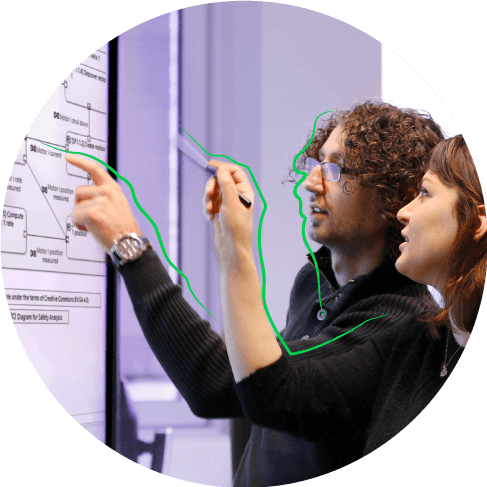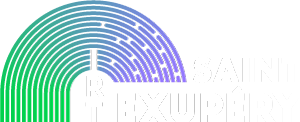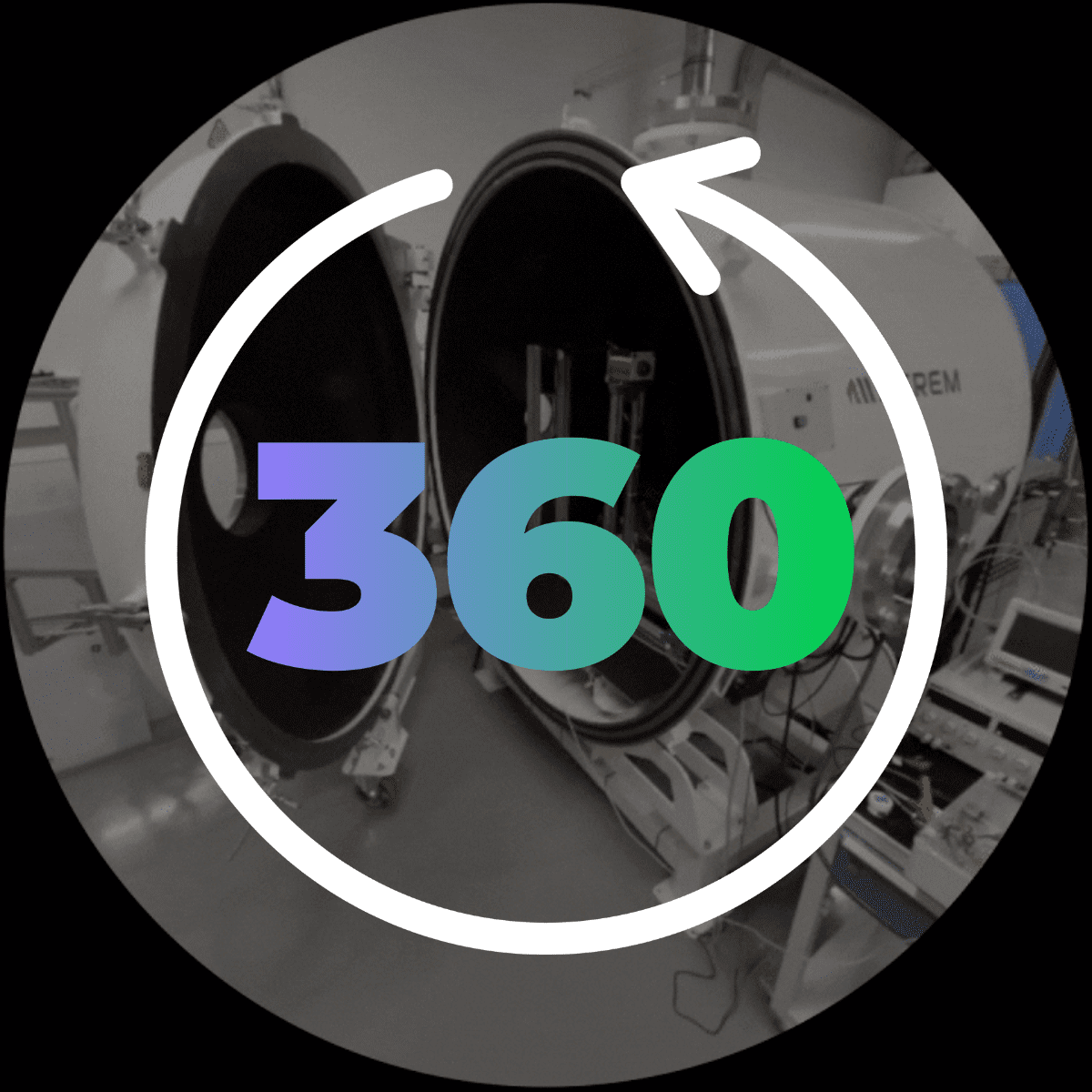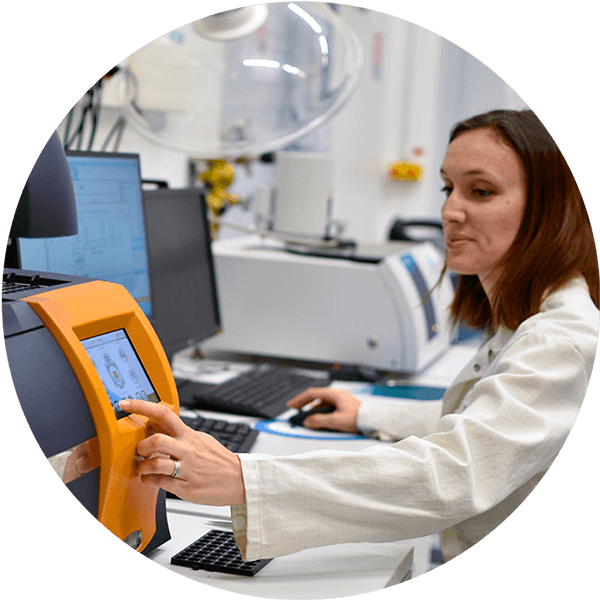KEY COMPETENCE
smart connectivity and sensors
To meet the challenge of global and ubiquitous access to digital services, we focus our research on the development of sensing and communication technologies that enable continuity and reach of these services based on airborne or space-borne relays. Our experts also study the use of embedded sensors to provide improved monitoring services for industrial and natural environments.
The overall objective is to increase networks’ capacity and range while seeking to optimize their availability and security. We aim at allowing the whole value chain of the aerospace and transport industries (operators, system manufacturers, equipment suppliers, and component suppliers) to develop their market by reducing the risks linked to the introduction of new technologies while favoring standardization initiatives.
Our main activities focus on the development and use of digital technologies in telecommunications, and intelligent embedded processing close to the sensor. They apply to systems with distributed architecture, connecting intelligent remote devices to centralized or cloud infrastructures.
For telecom activities, the targeted markets are verticals (transport, industry 4.0, defense, and civil security...). The primary topic is to contribute to the development of Non-Terrestrial Networks (NTN: satellites, HAPs*, UAVs*) driven by 5G/6G standardization works. To respond to 5G or Internet of Things requirements, our works are looking to design and optimize end-to-end system architecture with an NTN segment, through the use of virtualization technologies (NFV*) network programming (SDN*), and service orchestration.
For sensing activities, we targeted are New Space and aeronautics markets. Here, the objective is to improve autonomy, compactness, consumption of embedded monitoring systems to deliver reliable detection services.
The applications linked to connectivity are backhauling of 5G networks, direct access to satellite for mobile, universal support of the Internet of Things with worldwide cover.
The applications concerned for remote sensing are autonomous guidance for satellites, environment monitoring (gas concentration), and aircraft health monitoring.
R&T fields
DIGITAL AND ANALOG COMMUNICATIONS
Our research team proposes solutions in terms of transmission architecture design and low layers of communication systems. Our objective is to improve the capacity, availability, and security of radio satellite links, and increase the technological maturity of optical transmission links. It sets in place:
-
- Real-time digital demonstrators at the laboratory level by relying on rapid field-programmable gate array (FPGA) type digital processing technologies or system on chip (SoC)
- Analog test benches for microwaves and microwave photonics
SYSTEM AND NETWORKS
The growth of New Space with the emergence of massive constellations of low earth orbit satellites, as well as the evolution of 5G standardization, are two major evolutions pushing us to think again about the integration of satellites within telecommunication networks.
Our goal is to understand the interaction of satellite systems and ground networks and validate solutions of architectures, with the vision of a fusion of satellites within next-generation global networks. We aim at responding to this requirement by developing tools and resources grouped in platforms to evaluate the application of new digital terrestrial technologies to the space industry, diminishing the risk connected to their integration within the satellite systems. It is especially concerned with the application of virtualization and network programming technologies as well as AI-based resource allocation with next-generation systems that are interoperable with the new communication ecosystems (5G, IoT).
REMOTE SENSING
The integration of low-cost digital technologies onboard (satellite, aircraft...) with reliability control, opens the way to sophisticated processing (AI, security) as close as possible to the sensor (edge computing), for more autonomy. Thus, we propose and validate new applications around sensors (IR or visible cameras, LIDAR, temperature and mechanical strain sensors network) based on image processing algorithms, embedded AI or signal processing, for detection and decision purposes in various fields of space or aeronautics (knowledge of the environment, monitoring of systems, knowledge of the space situation). Whenever the benefit is justified, we propose to set up onboard or in orbit experiments for demonstration purposes.
Our offer
- Increase in technological maturity by testing the technologies in representative environments of the targeted applications, before transfer to industry
- Hardware and software platforms documented for the development of functional chains and their validation (simulators, SDR**, and SDN emulators)
- Technical documentation accompanying the specification, design, and validation of work
- Theses reports, scientific publications
- Patents
- Mock-ups and prototypes of functional chains serving as an implementation of reference
- Proposals for standardization bodies
- Supports for the transfer of results: videos, training, theme-based workshops
- Trained personnel made available to facilitate the transfer of knowledge to the industry
ROAD MAP
2019 > 2025


contact us
Contact our platform experts team




